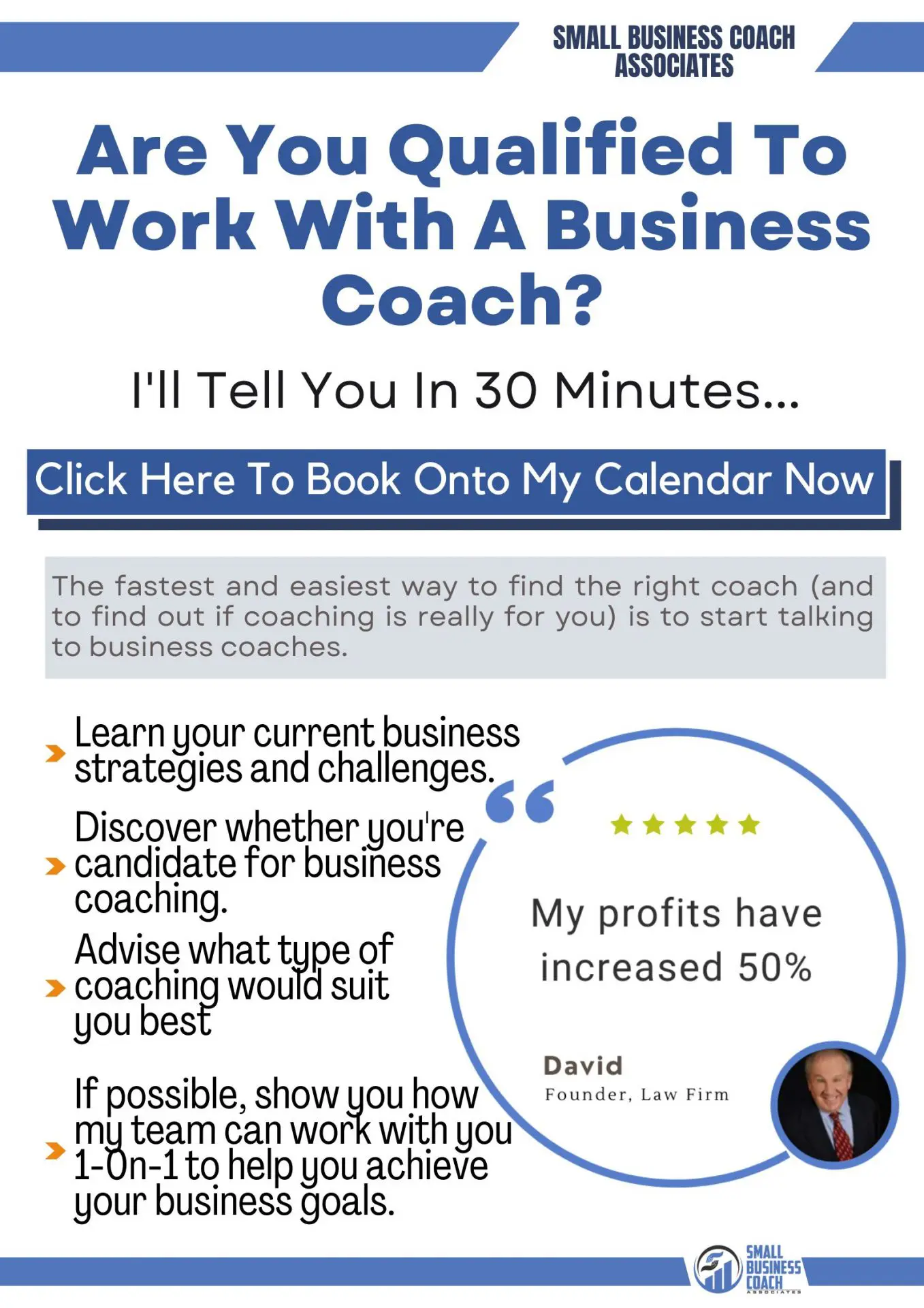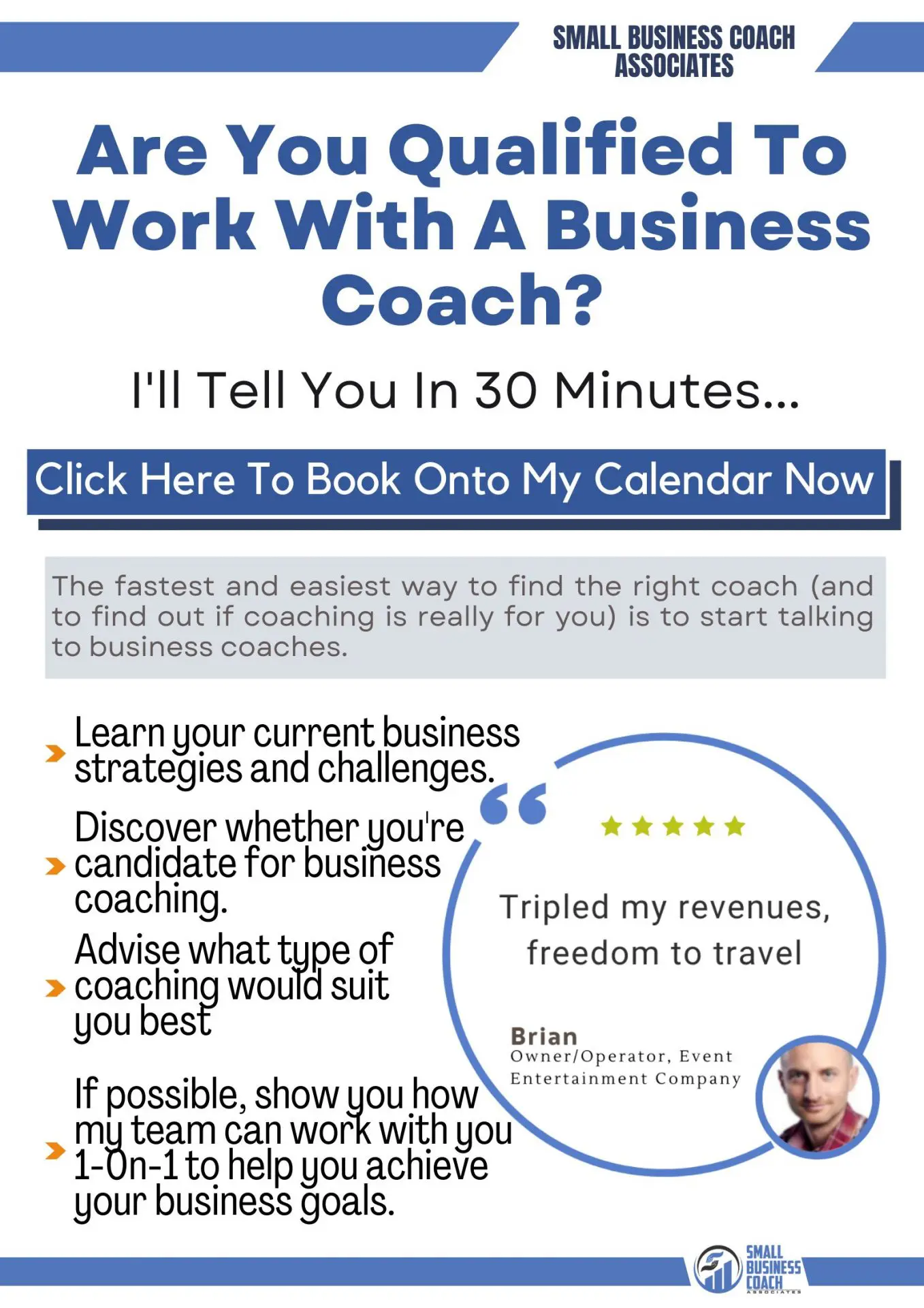Any small business owner knows they must create a marketing strategy and update it regularly. This is an extremely important tool to plan how to sell and to track your sales performance.
Marketing Strategy Definition- Win More Clients!
Whether this a start-up plan or one created after you’ve launched your business, the fundamentals remain the same.
When tackling the subject of marketing, you must first understand the difference between the strategies and tactics of a general marketing plan.
Strategy refers to the overall vision and approach you want to follow towards your goals, while tactics involve the actions needed to fulfill your strategy.
A sampling of marketing strategies might include:
- Create a strong and consistent online marketing campaign via social media most used by target audience
- Build loyalty and trust with free webinars, content, and videos
- Negotiate with large-scale retailers to sell products
- Bring product quickly to market to take advantage of a new trend
Marketing is what allows you to place your product or service in front of prospects. It’s also how you create brand awareness. Your approach to marketing is to ultimately pull in potential clients, make sales, and bring in the cash flow needed to make a profit.
Marketing Can Dramatically Grow Your Business
Not surprisingly, the topic of marketing can be intimidating to a business owner because of all the daunting research, data, and choices. As any small business coach will tell you, the typical self-employed owner has to wear many hats to get their company off the ground > designer, pitchman, social media maven, copywriter. Unfortunately, most are not marketing geniuses.
Once you have an overall marketing strategy, you’ll need to consider the tactical marketing actions needed to achieve those strategic goals.
First, find out what should be in your Strategic Marketing Plan.
Strategic Marketing
As you develop your plan to market your company’s products and services, it all begins with your marketing strategy. This is what determines the direction that your business will follow. Usually it addresses a broad view of the long term, but there’s no reason you can’t start with a high-level vision and narrow it down whenever you want.
Both management and operations should engage in developing this key element.
A strategic marketing plan generally covers:
- Mission Statement or Goals. Defining what the company wants to accomplish. Write out your USP (unique selling proposition).
- Market Trends. Spelling out current market drivers that are happening now. Maybe your furniture store decides to sell trendy upcycled furniture in addition to standard inventory.
- Target Audience. Discerning the demographics of who wants or needs your offerings. If you’re a business coach, then this group would include entrepreneurs, small business owners, and independent business owners.
- Budget. You have to consider the numbers. Set a limit on how much to spend on:
- Social media or landing pages or newspaper ads
- Printed materials, business cards, or banners
- A consultant, copywriter, or website designer
- Networking or club fees (have to get out there face-to-face)
- Associated technology or software (iPad, projector, security)
- Customer Retention. A plan to ensure repeat customers, thus repeat sales. Possibilities are rewards programs, special promotions, and regular clearance sales. You could give away hats, bumper stickers, or the like.
- Pricing. Assign a price to your products and services which reflect not only their quality and worth but also on the cost to produce and what the market will bear. You should also consider special pricing:
- Will there be discounts for large volume bundles?
- Does the price include guarantees or warranties or can they be sold separately?
- Will you have special sales or offers at certain times of the year?
- Promotional strategy. The general approach to sales such as radio and television ads, teleseminars, trade shows, social media, email campaigns, and networking.
- Distribution. Delineate your high-level strategy for getting products and services to the customer. Will they buy online or in a retail shop? Will customers be able to purchase at special venues/events or at face-to-face meetings? If shipping is needed, how will that be done economically?
- Your Competitive Edge. Identifying and assessing your competition will be crucial in figuring out where your company stands in the marketplace. If you open a hardware store, you must know how your company will compete against giants like Lowe’s and Home Depot.
- Partners, Referrals, and Joint Ventures. There could be strong benefits in collaborating with peers, contacts, and other business owners:
- Referrals for your products or services
- Sharing email address lists for promotional campaigns
- Cross-promoting events like showcases, workshops, and tele-seminars.
- Whether you see them as weaknesses, shortcomings, threats, or roadblocks, you must be aware of the potential risks to your success, like:
- insufficient or inconsistent income
- inability to find a skilled workforce
- lack of business experience
- being new to a saturated market
You should now be able to confirm if your small business has the finances, resources, and foundation to grab market opportunities while tackling those threats that will pop up.
After defining your overall marketing strategy and goals, you’ve gotten a better grasp on elements like demographics, trends, costs, risks, and logistics. Now, you can then start to develop the actual tactics to reach those goals.

Tactical Marketing
As mentioned, tactical marketing refers to the actions to take towards reaching your strategic goals.
Tactical marketing should address the steps needed to reach goals such as building websites, generating leads, placing ads, and promoting sales.
Set your tactics according to your available resources > primarily budget, personnel, vendors, partners, materials, inventory, and facilities.
Developing Your Tactical Marketing Plan
You will find yourself needing two different tactics: foundational and ongoing. Foundational tactics are the ones that you just do once (such as creating your website), while ongoing tactics are the ones that are used in different ways over time (such as promoting a product).
A tactical marketing plan doesn’t have to be a specific size or shape. The main point is that it adapts to your needs, resources, and business objectives.
Following are typical elements of a tactical marketing plan:
#1 Tactical Decisions With Products and Services
This section covers what you want to do with new products and services. It’s the right place to include all the related aspects around decisions needed to market your offerings. It is also important to brainstorm any downstream effects or changes that this may bring, such as changes to your manufacturing process or the need for a new distribution channel.
Begin with an overview of current offerings, which might include:
- Product and service descriptions
- Key features
- Main benefits
- Manufacturing/development processes
- Branding
- Packaging
- Distribution
#2 Tactical Decisions With Promotion
Describe how your products and services are going to be promoted. This part of your Tactical Marketing Plan usually includes four potential promotional approaches: (1) advertising, (2) sales promotion, (3) personal selling, and (4) public relations.
For this section, timetables are incredibly important. Let’s say that you are considering setting up at a trade show or buying magazine ads. These types of promotions can require long lead times.
In the case of buying magazine ads, lay out time frame and milestones for:
- researching which magazines reach your target demographic
- comparing pricing among magazines
- choosing the ad size, copy, and imagery
- deciding on the perfect time (month, season) to place the ad
The majority of section should employ graphs and tables to represent key information with a glance.
Include special promotion programs that you define for holiday, seasonal, local events, or other benchmarks.
- Advertising Objectives: Can address a range of objectives like respond to competitor promotion, encourage product trial, build traffic, increase use or purchase rate, and branding. You should also clarify the ad type to employ, such as direct mail, billboards, social media posts, or television spots.
- Sales Promotion Objectives: May include goals such as build traffic, encourage repurchase, increase product trial, support other promotions, and build inquiries. You should also clarify the sales promotion type that you’re going to use – it may be product demonstrations or coupons, for instance.
- Personal Selling Objectives: Could involve aims like encourage purchase, develop new accounts, build traffic, increase product trial, and support accounts. You should also clarify the selling type that you’re going to adopt, like a call center or a sales force.
- Public Relations Objectives: Might cover actions such as respond to negative news, report an upcoming activity such as a new product release, build inquiries or traffic, or promote a sale or event.
Spell out the possible PR choices – a press release, social media post, pitch to media, or any other.
#3 Tactical Decisions With Pricing
To write this section of your Tactical Marketing Plan, you need to have good knowledge about economic conditions, the market, your competitors, and your customers.
You may want to use both graphs and tables that allow you to display the different pricing decisions and trends in each one of the categories that you plan to define.
Other Important Areas in Marketing
There may be less major decisions to make such that your small business reaches its goals, which might cover:
- Marketing research
- Customer support service
- Calls-to-action (Ex. driving potential customers to download a PDF, go to your website, etc., sign up for a teleseminar)
- On-hand inventory
- Focus groups, surveys, or other means of customer feedback
- Thresholds, metrics, and measurements
Drilling Down With Your Marketing Strategy
This is the moment to lay out the details on accomplishing your tactical goals – it’s time to drill down what, who, when, where and how.
WHAT You need to outline all the tasks that need to be completed to reach the business goals that you defined in your strategic marketing plan.
WHO Identify the human resources with the skills and knowledge to accomplish the tasks – will it be you, an employee, temporary, consultant, vendor, or intern? If staff not yet in place, use a title (Lead Mechanic, CEO, Editor, Salesperson).
WHERE Specify if tasks are done on-site or off-site (at a networking event or trade show, or by a third-party vendor or remote worker).
WHEN Know the timing and order of when things must happen – i.e., a website host site must be in place prior to hosting a webinar.
HOW Develop the procedures or processes for personnel to execute by.
As always, you know that you can count on our Small Business Consultation Services to ensure that you are on the right track for growing your small business.
Conclusion: Getting Results From Your Marketing Plan
Your Marketing Plan allows you to know your company’s direction, the course that you are following, and your planned destination.
With a well-detailed Tactical Marketing Plan, you will have a measurable plan that includes your estimates in terms of product and service offerings, promotions, pricing, and other relevant areas.
It’s important to check regularly that your plan is on track and to make adjustments as trends, costs, and resources change.
Do you have a marketing strategy? If so, how is your plan impacting your business? Let us know your thoughts in the comments area below.









 “I was initially hesitant to take on a business coach, but now I’m glad I did. Since Alan and I began working together my sales have increased significantly and I’m glad to use his services. My profits have increased an average of 50%.” David, Founder, Law Firm
“I was initially hesitant to take on a business coach, but now I’m glad I did. Since Alan and I began working together my sales have increased significantly and I’m glad to use his services. My profits have increased an average of 50%.” David, Founder, Law Firm




 “I’ve tripled my revenues and my infrastructure allows me to travel out of town without worrying about the business.”
“I’ve tripled my revenues and my infrastructure allows me to travel out of town without worrying about the business.”


